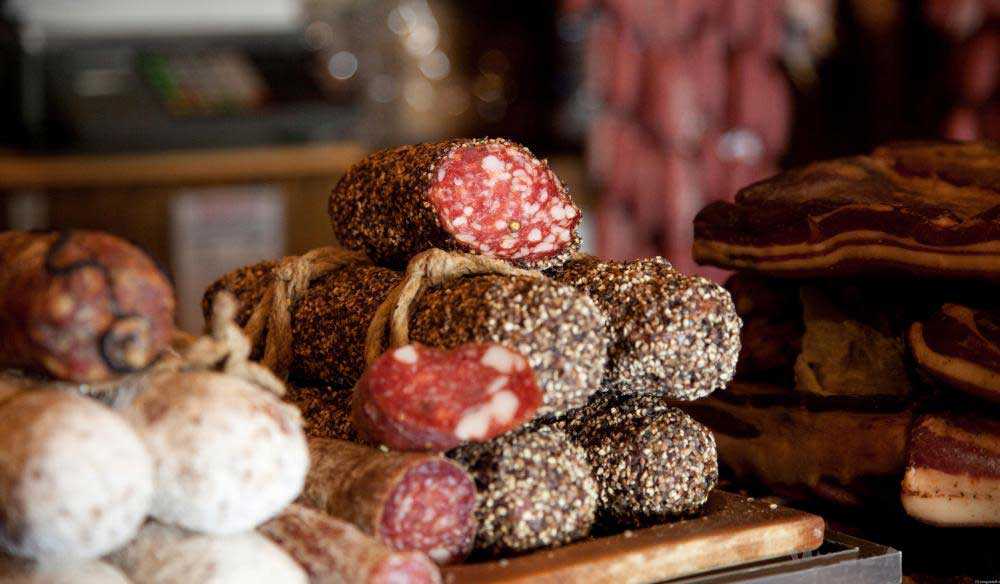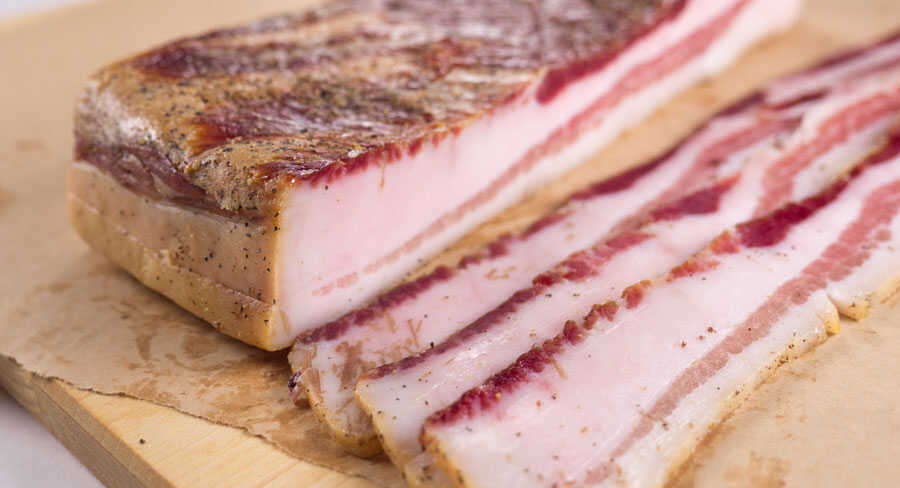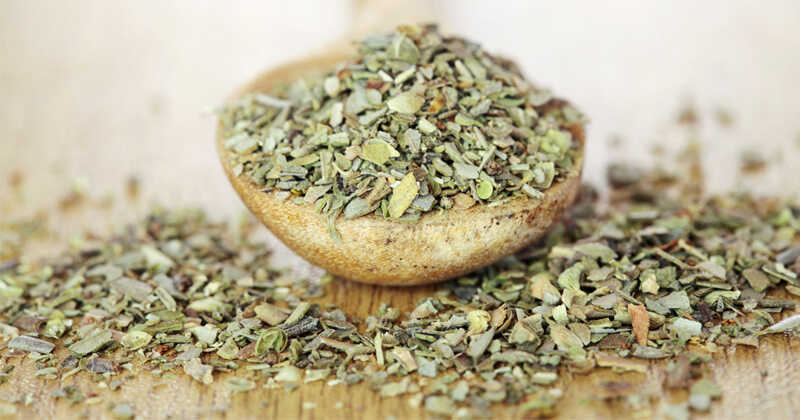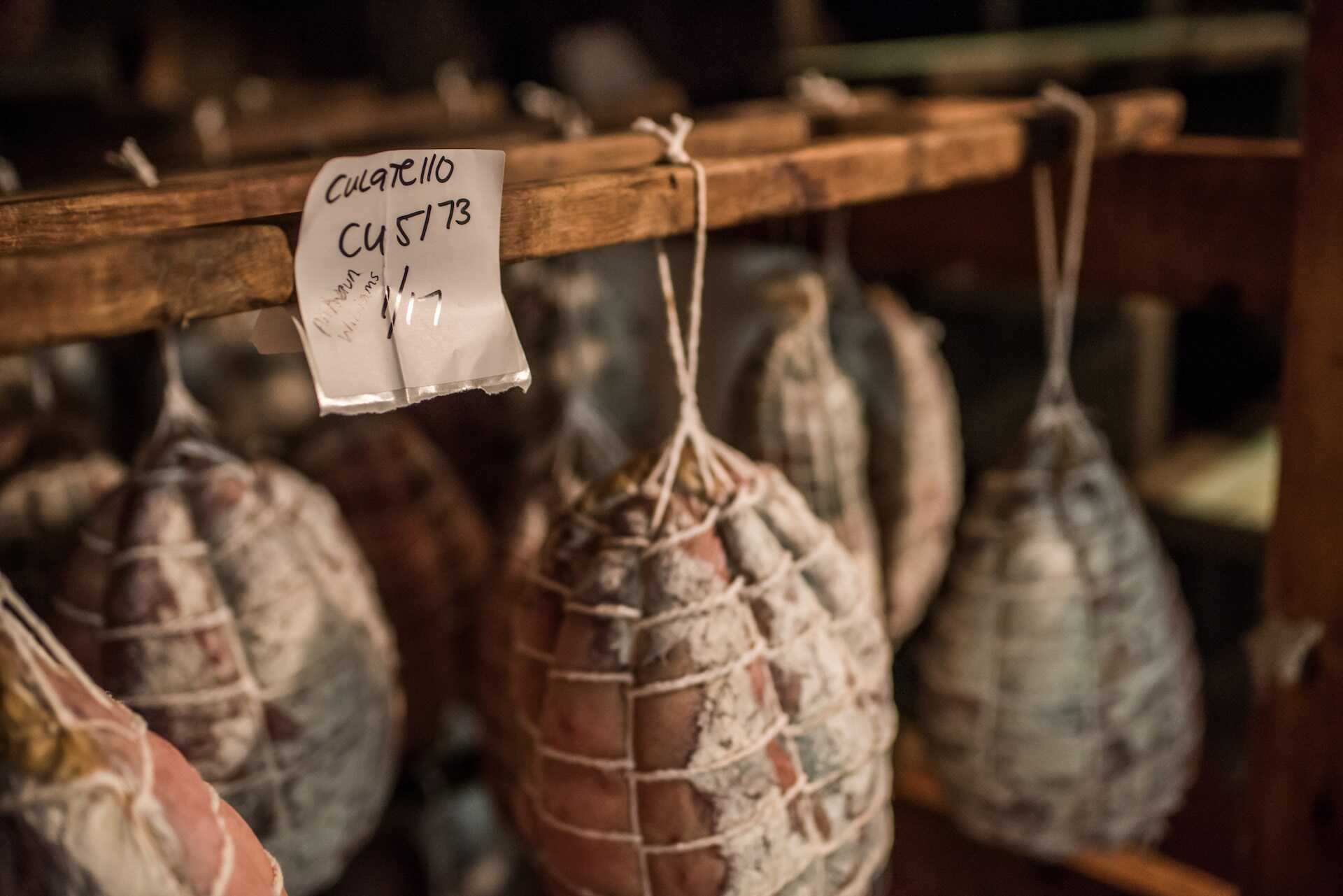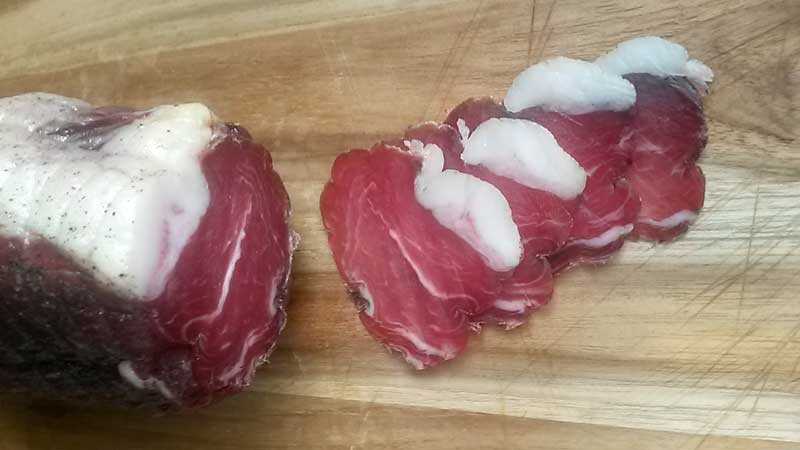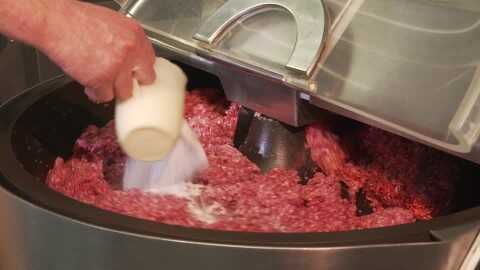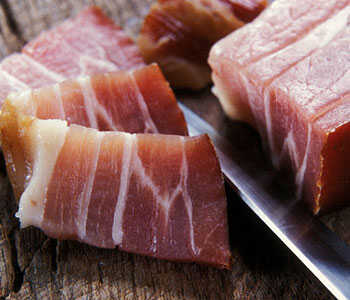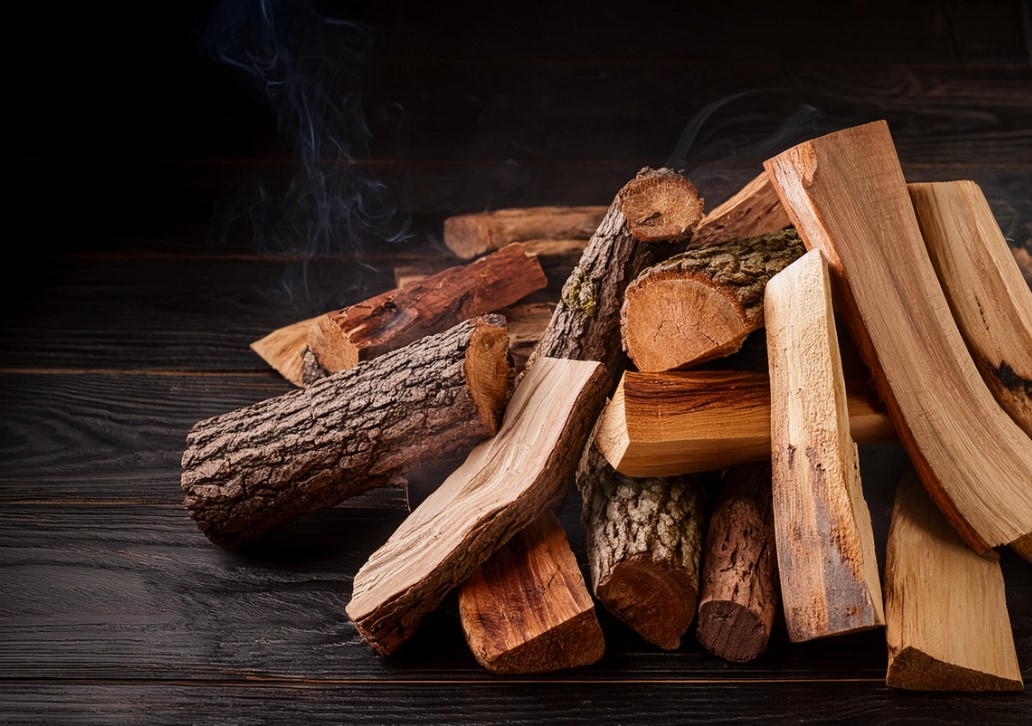
When choosing wood for smoking food, it is important to avoid wood that has been chemically treated or contains resin. The wood must be good for smoking and must be dry, clean, and free from mold or signs of deterioration. Below is a list of some woods that are considered good for smoking meat and other foods.
Continue reading Lista de madeiras para defumar carnes e outros alimentos
